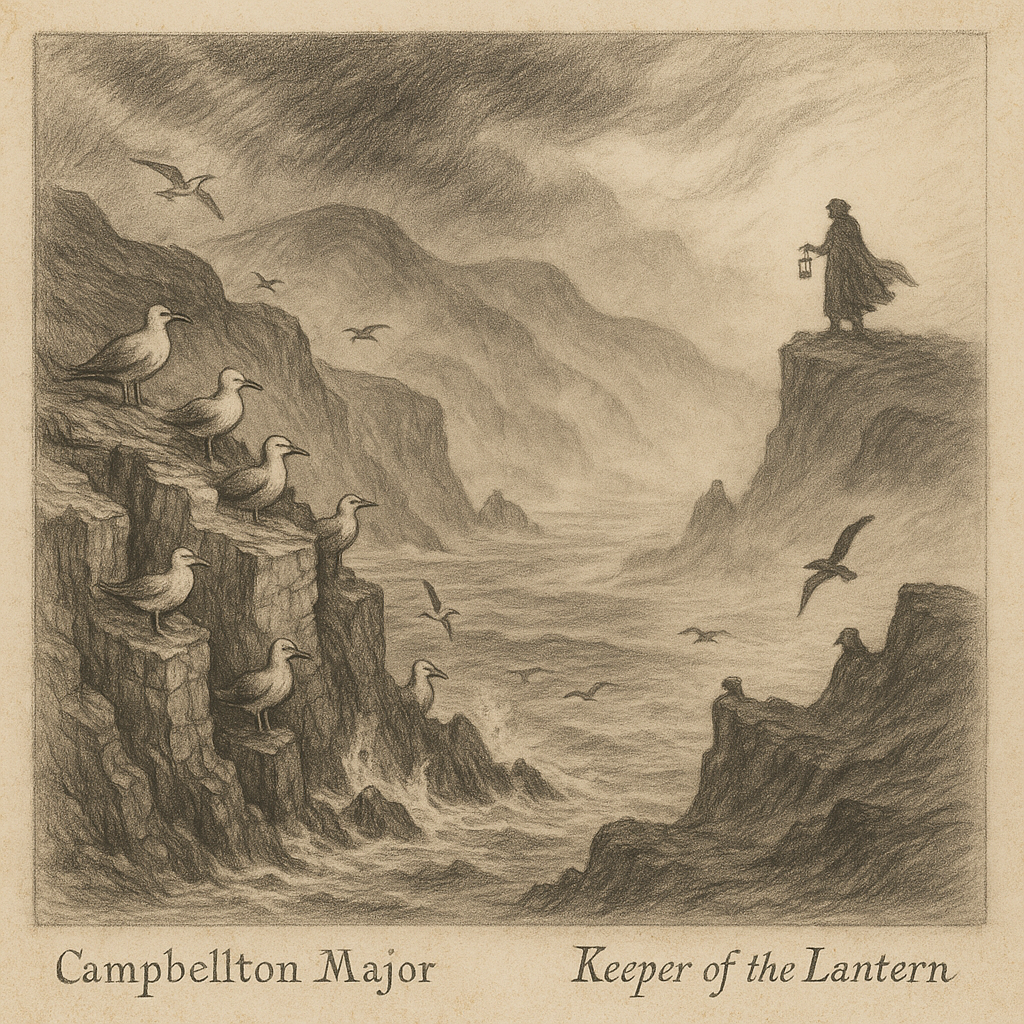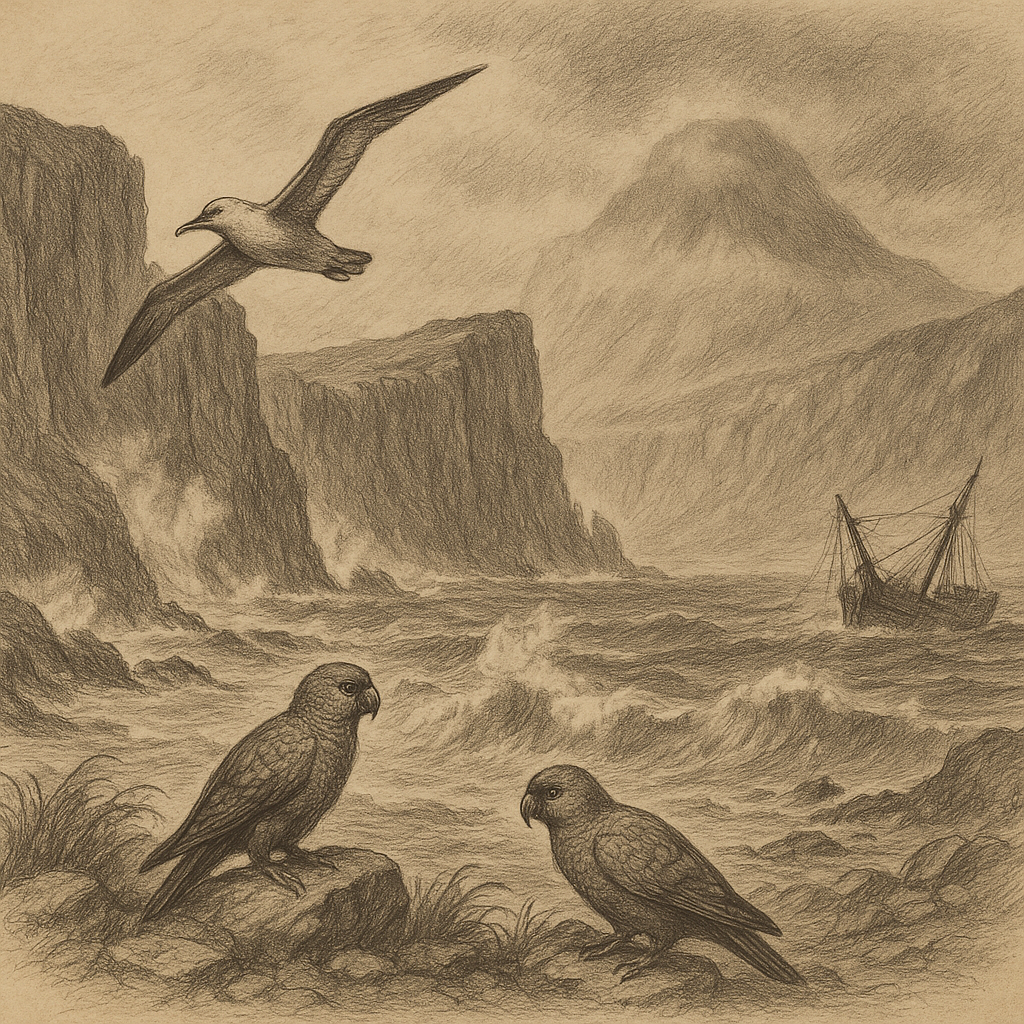Rapa Island: A Remote Jewel of the South Pacific
Rapa Island, also known as Rapa Iti (“Little Rapa”), is an isolated island located in the Austral Islands of French Polynesia. This crescent-shaped island lies over 1,000 kilometers south of Tahiti and is one of the southernmost inhabited islands of French Polynesia. With its dramatic landscapes, ancient fortifications, and cultural richness, Rapa Island stands as a fascinating destination, largely untouched by modern tourism.
Geography and Geology
Rapa Island is of volcanic origin and forms part of the Austral archipelago. The island spans approximately 40 km² and is defined by rugged terrain, steep cliffs, and deep indentations that form a natural harbor—the Baie d’Haurei. Its origin as a volcanic caldera, now heavily eroded, has left behind a mountainous interior where the highest peak, Mont Perau (650 meters), towers over jagged ridges and verdant valleys.
The crescent shape of the island is due to its geomorphological development: a former volcanic cone that collapsed inward, creating a circular ridge surrounding a lagoon-like bay. Rapa and the nearby uninhabited Marotiri islets are geologically unique among the Austral Islands, which are mostly extinct basaltic volcanoes.
Climate and Biodiversity
Rapa Island has a humid subtropical climate characterized by heavy rainfall distributed throughout the year, averaging over 2,500 millimeters annually. The climate supports dense vegetation ranging from lush fern forests to coastal shrublands. Much of the island remains forested, although invasive species like goats and rats have altered the native flora and fauna.
Despite its small size and isolation, Rapa Island is home to endemic plant species and serves as a habitat for several seabirds, such as the Rapa shearwater (Puffinus rapaensis), a vulnerable species found only on Rapa and surrounding islets. Conservation efforts have recently focused on controlling invasive species and restoring native ecosystems, supported by limited scientific expeditions.
Population and Culture
Rapa Island is home to around 500 inhabitants, most of whom reside in the village of Haurei, nestled along the bay. Unlike the rest of French Polynesia, Rapa’s population has retained a strong Polynesian identity with distinct cultural attributes. The Rapan language, related to other Polynesian tongues but featuring unique vocabulary and pronunciation, is still spoken alongside French and Tahitian.
Life on the island revolves around fishing, subsistence agriculture, and community. Due to its isolation and modest means of subsistence, the economy is relatively self-contained, with limited dependence on imports. As a result, traditional practices and communal values remain prominent in daily life, making Rapa one of the most culturally intact islands in French Polynesia.
Ancient Fortifications and History
Rapa Island is renowned for its archaeological heritage, especially its series of ancient stone fortresses called “pa.” These defensive structures, numbering over 20, are perched along the island’s ridges and peaks, with the most famous being Morongo Uta, dominating the bay from its lofty perch. The origin of these pa sites dates back to the 13th to 15th centuries when fierce intertribal conflicts led inhabitants to retreat to fortified hilltops.
Studies suggest that Rapa’s society developed in isolation after initial Polynesian settlement, with an unusual concentration of defensive architecture not seen elsewhere in Polynesia. These fortified sites are reminders of a past where warfare, resource pressure, and community protection were significant factors shaping Rapa’s ancient society.
Modern Life and Governance
Today, Rapa falls under the administrative governance of French Polynesia and is part of the commune of Rapa. Access to the island is limited; there are no airports, and travel is only possible by irregular ship service from Tahiti, which can take several days depending on weather conditions.
Modern amenities such as electricity, internet, and healthcare are present but basic. Education is available on the island, though for higher schooling, young people often move to Tahiti or other larger islands. Connectivity with the outside world remains limited, contributing to Rapa’s quiet isolation.
Curiosities of Rapa Island
One of the most intriguing aspects of Rapa Island is its time zone: it’s one of the last places on Earth where the sun sets each day, sitting near the International Date Line. This positioning gives the island a mystical connection to time itself—it “lives” almost a day behind many parts of the world.
Additionally, the shape of Baie d’Haurei, a nearly closed crescent bay, has drawn comparisons to natural calderas, volcanic atolls, and even mythical harbors. The defensive architecture of Rapa, dense and strategically spectacular, has led archaeologists to dub it the “Machu Picchu of Polynesia.”
Ecologically, the Rapa shearwater is a curiosity in its own right. Endemic to the island and critically affected by human activity and invasive species, it represents both the fragility and uniqueness of Rapa’s natural environment.
Legends and Mythology
The oral traditions of Rapa are rich and reflect a deep connection to land and legend. One enduring legend tells of the origin of Rapa’s crescent shape. According to local myth, the island was once whole but was struck by the tail of a divine sea serpent called Oroa. Enraged by the people’s growing warlike behavior, Oroa lashed the island, tearing out the central part of the land and creating the crescent-shaped bay. The scattered rocks forming the Marotiri islets are said to be pieces of the land flung into the sea by the beast.
Another legend speaks of a guardian spirit named Turi, said to reside on Mont Perau. Turi is believed to keep watch over Rapa’s people, protecting them from harm but punishing those who disrespect the land’s sacredness.
These legends are still told by elders, often during communal gatherings or traditional dance performances, nurturing the bond between past and present.
Preservation and the Future
As a remote island with limited exposure to tourism, Rapa faces a paradox: its isolation protects its culture and biodiversity but also limits economic opportunity and access to external support. However, this very isolation has preserved an ancient way of life, deep ecological integrity, and a richness of tradition not often found elsewhere in Polynesia.
Efforts by local leaders and conservation groups work toward sustainable development, preserving both cultural and natural heritage. With controlled access and a focus on conservation, Rapa Island may serve as a model for balancing tradition, nature, and modern needs in the 21st century.
In a vast ocean of change, Rapa Island remains a steadfast keeper of Polynesian heritage, ancient whispers, and breathtaking isolation.


